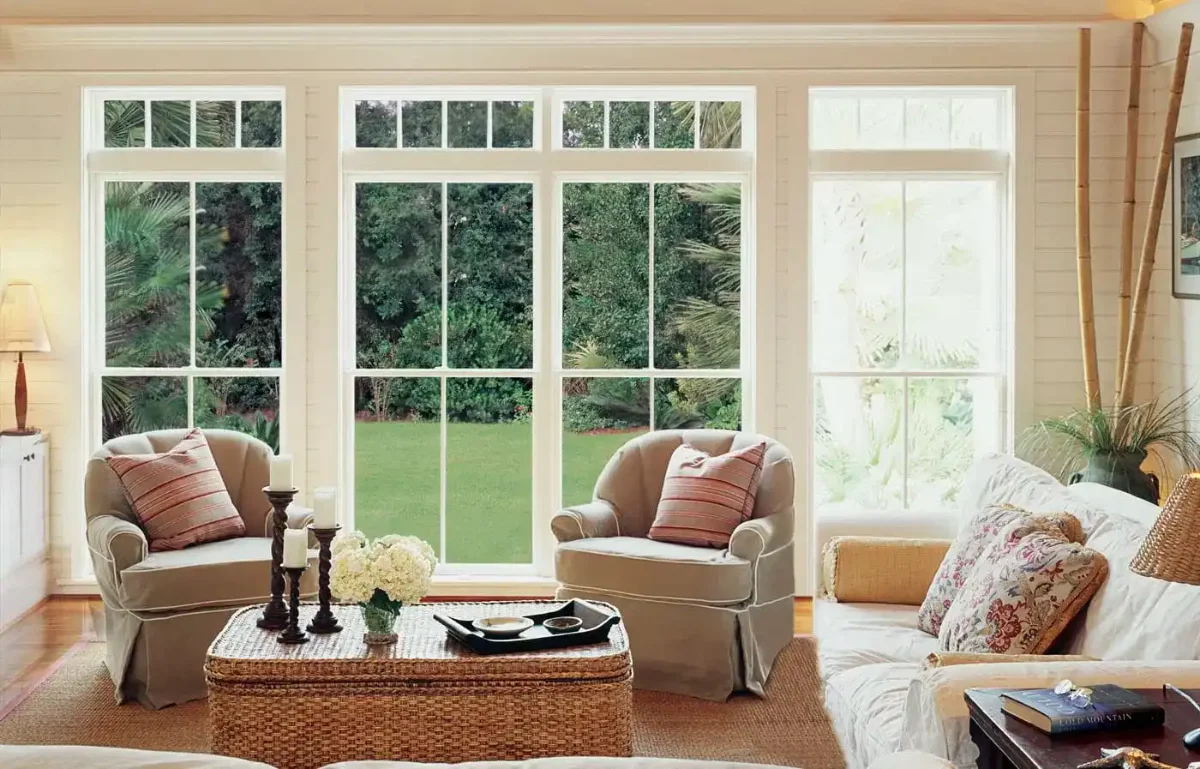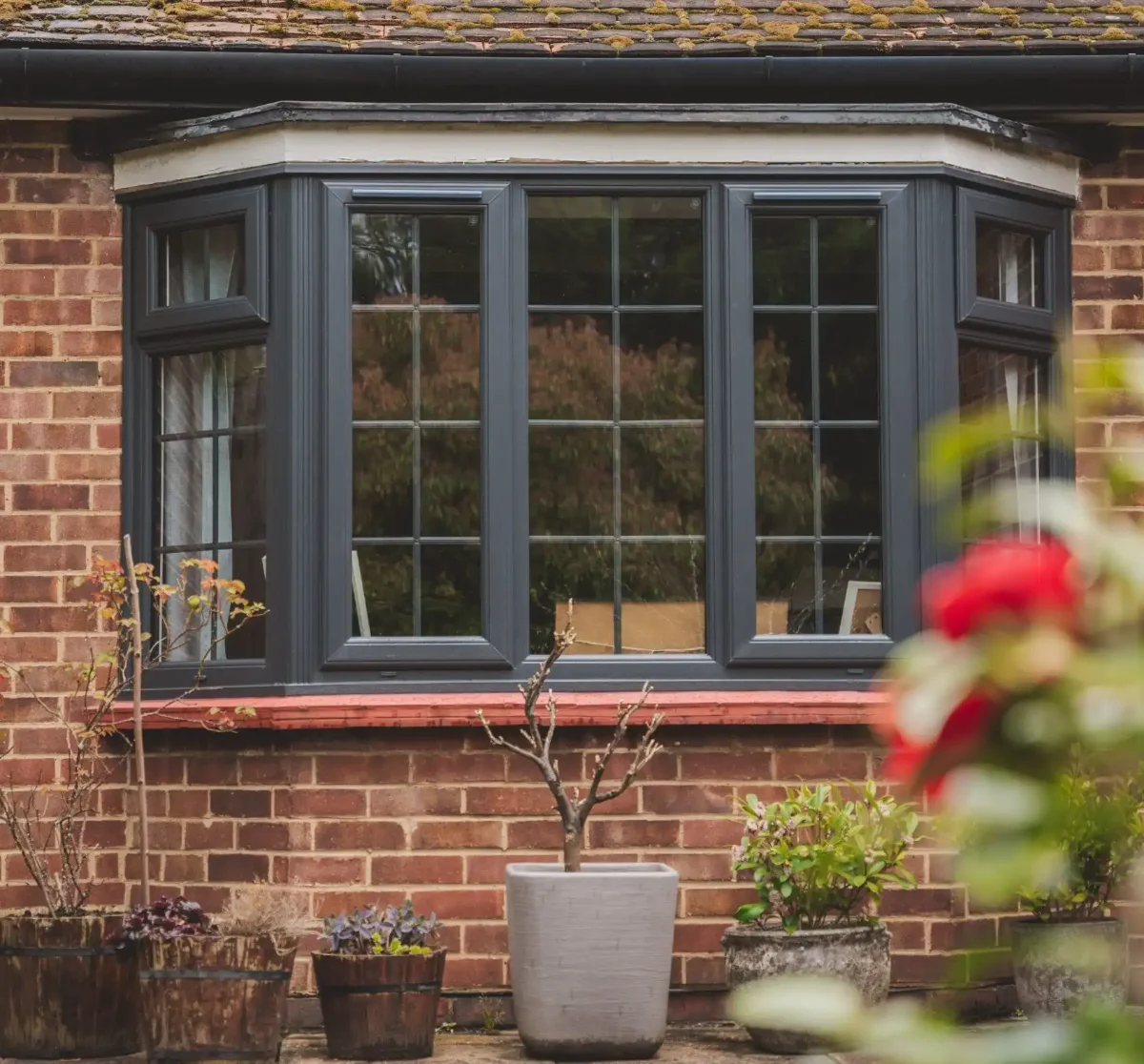uPVC Windows for Period Homes: The Complete Guide for Bishop’s Stortford Homeowners
Living in a beautiful period property in Bishop’s Stortford brings unique joys – and unique challenges. One of the biggest decisions you’ll face is whether to install modern uPVC windows in your heritage home. Will they ruin the character? Are they even allowed? What are the real benefits and drawbacks?
I’m Oliver Greene, and in my 38 years in the window industry, I’ve helped hundreds of period property owners in Hertfordshire navigate this exact decision. Today, I’ll give you the complete, unbiased truth about uPVC windows in period homes – the good, the bad, and what you need to know before making this crucial choice.
Considering uPVC windows for your Bishop’s Stortford period property? Get expert advice from our heritage window specialists who understand both conservation requirements and modern efficiency needs.
Understanding Period Properties in Bishop’s Stortford
Bishop’s Stortford boasts some stunning period architecture, from Georgian townhouses near the town centre to Victorian terraces throughout the residential areas. Many of these properties still have their original timber sash or casement windows – beautiful, but often draughty and expensive to maintain.
Before we dive into uPVC pros and cons, it’s crucial to understand what type of period property you own:
Listed Buildings
If your property is Grade I, II*, or II listed, you’ll need Listed Building Consent for any window changes. uPVC is rarely approved for listed buildings.
Conservation Areas
Bishop’s Stortford has several conservation areas where stricter planning rules apply. Some allow sympathetic uPVC replacements, others don’t.
Unlisted Period Properties
Most period homes fall into this category and have the most flexibility for window replacement, though you should still respect the architectural character.
The Case FOR uPVC Windows in Period Homes
After nearly four decades in this industry, I’ve seen uPVC technology transform dramatically. Here’s why many period property owners now choose uPVC:
Superior Energy Efficiency
This is the biggest game-changer. Modern uPVC windows can reduce energy bills by 20-30% compared to poorly maintained original windows. For a typical Victorian terrace in Bishop’s Stortford, that’s £300-£500 annual savings.
Minimal Maintenance Requirements
Original timber windows need repainting every 3-5 years and regular maintenance. Quality uPVC windows need only occasional cleaning – a massive benefit for busy homeowners.
Enhanced Security
Modern uPVC windows include multi-point locking systems and toughened glass as standard. Original windows often have outdated locks that won’t meet your insurance requirements.
Authentic Appearance (When Done Right)
High-quality heritage-style uPVC can now closely mimic traditional timber windows. The key is proper specification – something I’ll cover in detail later.
Cost-Effectiveness
uPVC typically costs 30-50% less than equivalent timber windows, making it accessible for homeowners on tighter budgets.
Oliver’s Take: The Reality of Period Property Challenges
In my 38 years of experience, I’ve seen countless period property owners struggle with original windows. Common issues include:
- Draughts that make rooms unusable in winter
- Rotting timber frames requiring expensive repairs
- Single glazing that provides virtually no thermal or acoustic insulation
- Maintenance costs that spiral out of control
One Bishop’s Stortford client recently told me they were spending £2,000 every three years just maintaining their original timber windows. After installing quality heritage-style uPVC, they’re saving that money while enjoying a warmer, quieter home.
The Case AGAINST uPVC Windows in Period Homes
However, uPVC isn’t always the right choice. Here are the genuine concerns:
Potential Character Loss
Poor quality uPVC can destroy a period property’s character. Chunky white frames with inappropriate proportions look wrong and can even affect property value.
Planning Restrictions
Some conservation areas in Bishop’s Stortford strictly prohibit uPVC windows. Always check before proceeding.
Thermal Movement
uPVC expands and contracts more than timber, which can cause issues in some period properties with movement or settling.
Limited Repair Options
When uPVC windows fail, they typically need complete replacement. Timber windows can often be repaired section by section.
Environmental Concerns
uPVC isn’t as environmentally friendly as sustainably sourced timber, though modern recycling programs are improving this.
How to Choose uPVC Windows That Suit Period Properties
If you decide uPVC is right for your Bishop’s Stortford period home, specification is everything. Here’s my expert guide:
Frame Style and Proportions
- Slim sightlines: Choose windows with narrow frames that match original proportions
- Authentic glazing bars: Avoid stick-on bars – specify integral or through-the-glass bars
- Proper opening styles: Casement for casement, sash for sash windows
Colour and Finish
- Avoid bright white: Choose cream, off-white, or heritage colours
- Consider wood-effect finishes: Modern foiled uPVC can look remarkably like painted timber
- Match existing character: Study your neighbours and original features
Glass Specification
- Authentic glass appearance: Choose glass that mimics original glazing
- Appropriate glazing bars: Match the pattern and proportion of original windows
- Consider acoustic glass: Particularly important near Bishop’s Stortford’s busier roads
Planning Permission and Conservation Considerations
This is where many homeowners get caught out. Here’s what you need to know:
Conservation Area Requirements
Different areas of Bishop’s Stortford have different rules. The town centre conservation area is typically stricter than outlying areas. Always consult East Hertfordshire District Council’s conservation officer.
Permitted Development Rights
Most window replacements fall under permitted development, but conservation areas and listed buildings have restrictions.
Neighbour Considerations
Even if permitted, consider how your choice affects the street scene. Sympathetic installation maintains property values for everyone.
Cost Comparison: uPVC vs. Timber in Period Properties
Based on my experience with Bishop’s Stortford projects:
Initial Costs (per window)
- Quality heritage uPVC: £400-£800
- Timber casement windows: £600-£1,200
- Timber sash windows: £800-£1,500
Long-term Costs (20-year period)
- uPVC maintenance: £50-£100 total
- Timber maintenance: £2,000-£4,000 total
Energy Savings
Both modern uPVC and timber provide similar energy efficiency when properly specified and installed.
Oliver’s Recommendations for Different Property Types
After 38 years of helping period property owners, here’s my honest advice:
Georgian Properties (1714-1830)
Best choice: High-quality timber sash windows or heritage uPVC sash windows with slim profiles and authentic proportions.
Victorian Terraces (1837-1901)
Best choice: uPVC can work well here, especially heritage styles with appropriate glazing bars and colour choices.
Edwardian Houses (1901-1910)
Best choice: Either option works well. Consider your budget, maintenance preferences, and local conservation requirements.
Common Mistakes to Avoid
In my decades of experience, these are the errors that cause the most regret:
Choosing Based on Price Alone
The cheapest uPVC will look cheap. Invest in quality heritage-style windows that respect your property’s character.
Ignoring Planning Requirements
Always check conservation area rules and seek proper approvals. Retrospective applications are stressful and expensive.
Poor Installation
Even the best windows fail with poor installation. Use FENSA-certified installers experienced with period properties.
Wrong Style Choice
Don’t install casement windows where sash windows belong, or vice versa. Respect the original architectural intent.
Frequently Asked Questions
Can I install uPVC windows in a conservation area in Bishop’s Stortford?
It depends on the specific conservation area rules. Some areas of Bishop’s Stortford allow uPVC windows if they closely match the original style and colour. You must get approval from East Hertfordshire District Council before installation. I always recommend checking with the conservation officer first.
Do uPVC windows look out of place in Victorian houses?
Modern uPVC windows can look very authentic when properly specified. The key is choosing the right style, colour, and glazing bars. Poor quality uPVC with chunky frames and bright white finish will look wrong, but high-quality heritage-style uPVC can be virtually indistinguishable from traditional timber.
How long do uPVC windows last in period properties?
Quality uPVC windows typically last 20-25 years in period homes, the same as in modern properties. The frames won’t rot like timber and require minimal maintenance. However, the gaskets and hardware may need replacement after 15-20 years depending on usage and weather exposure.
Are uPVC windows more energy efficient than original timber windows?
Absolutely. Modern uPVC windows with double or triple glazing are dramatically more energy efficient than original single-glazed timber windows. You can expect energy bill savings of 20-30% compared to poorly maintained original windows, while still maintaining the character of your period home.
Making the Right Choice for Your Period Home
The decision between uPVC and timber windows for your Bishop’s Stortford period property isn’t just about cost – it’s about balancing heritage, performance, maintenance, and personal preferences.
My honest advice? If you’re in an unlisted period property and willing to invest in quality heritage-style uPVC, it can be an excellent choice that delivers modern performance while respecting historical character.
However, if you’re in a conservation area or listed building, or if original timber windows are in good condition, restoration or high-quality timber replacement might be more appropriate.
The key is getting expert advice that considers your specific property, local planning requirements, and personal priorities.
Compare uPVC with other materials in our complete window types guide.
For cost information, see our window installation pricing guide.
If you’re considering timber windows for authenticity, understand the maintenance requirements.
Learn about energy efficiency benefits and available grants for window upgrades.
Ready to explore your options? Contact our period property window specialists for a consultation that considers both heritage requirements and modern performance needs. We’ll assess your specific property and provide honest, expert guidance on the best solution for your Bishop’s Stortford home.
About the Author: Oliver Greene has 38 years of experience in the UK window industry and has helped hundreds of period property owners in Hertfordshire choose appropriate window solutions. He understands both conservation requirements and modern performance needs.

![uPVC Windows for Period Homes: Pros & Cons [Bishop's Stortford]](/images/windowsbishopsstortford-blogimages/Legacy+PVCu+Sliding+Sash+Window+43_compressed-geotagged.webp)

![Common Window Installation Mistakes & How We Avoid Them [Bishop's Stortford]](/images/windowsbishopsstortford-blogimages/dommoore_2018_mccarter_april_300dpi-3821-scaled_compressed-geotagged.webp)

